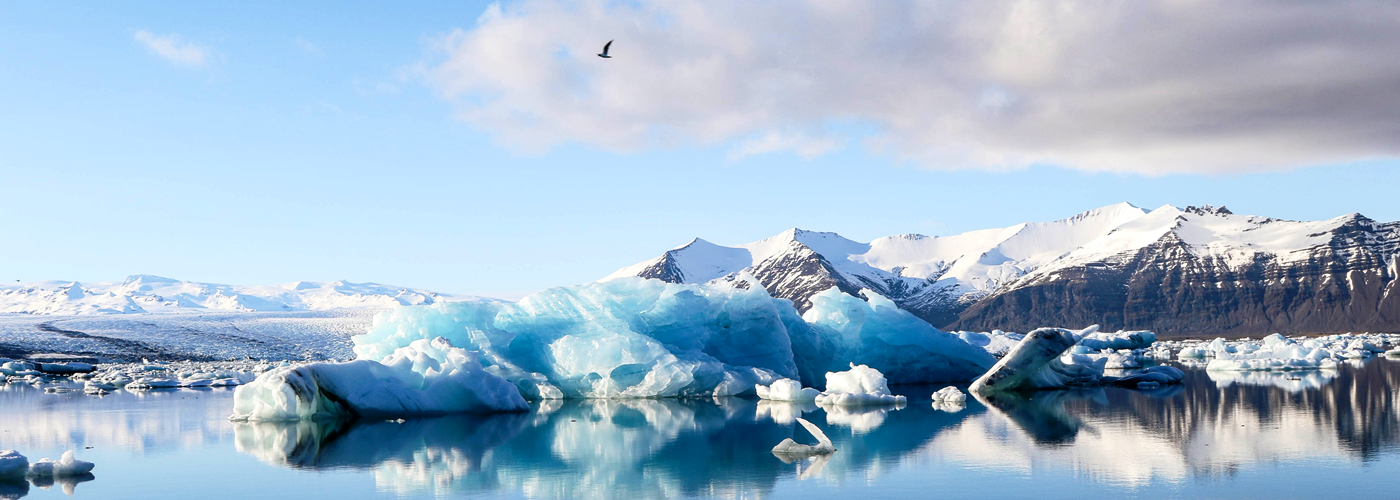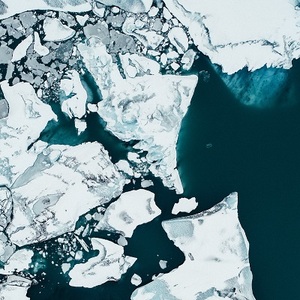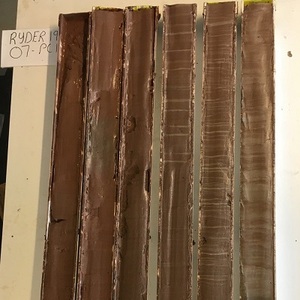

It was a period of unusually cold conditions in Europe starting around the year 1300 and extending all the way into the early 1800s. This period, known as the Little Ice Age, even made its way into the art of the period, with Dutch painter Hendrick Avercamp, for example, painting skaters on the frozen canals of the Netherlands in the early 1600s. These same waterways rarely freeze during winter in the modern day. A 2020 study by a team of scientists from Norway, Denmark, Sweden, as well as the University of Colorado, has been literally drilling down to find the trigger for this dramatic climatic event using samples of marine sediment.
It has long been suspected that an increase in the discharge of sea ice from the Arctic Ocean, past Greenland, and into the North Atlantic was a major contributor to the onset of the Little Ice Age. To test this theory, the research team obtained cores of the seabed marine sediment from 12 different locations off the coasts of Greenland and Iceland. In this sediment the team looked for compounds that are produced by algae living within sea ice, the shells of single-celled organisms that thrive in different temperatures of water, as well as mineral debris that could be carried by sea ice long distances from where it was originally formed. The data from these sea ice and temperature “proxies” allowed the research team to reconstruct the conditions around Greenland down to the decade time scale.
They found that around the year 1300, there was a notable spike in the amount of sea ice being discharged from the Arctic Ocean and into the North Atlantic and that this discharge continued to remain above the long-term average through the 1800s. This increase in sea ice would have introduced large amounts of fresh water into the North Atlantic. The denser fresh water would have worked to slow down the thermohaline circulation in the Atlantic, and thus slowing the transport of warmer ocean water from lower latitudes, leading to the colder average temperatures experienced during the Little Ice Age. In the modern day, the slowing of this same ocean circulation is a concern as well, as the Greenland ice sheet continues to melt. However, the amount of warming worldwide is expected to far outweigh any local cooling effects as experienced across Europe during the Little Ice Age.

